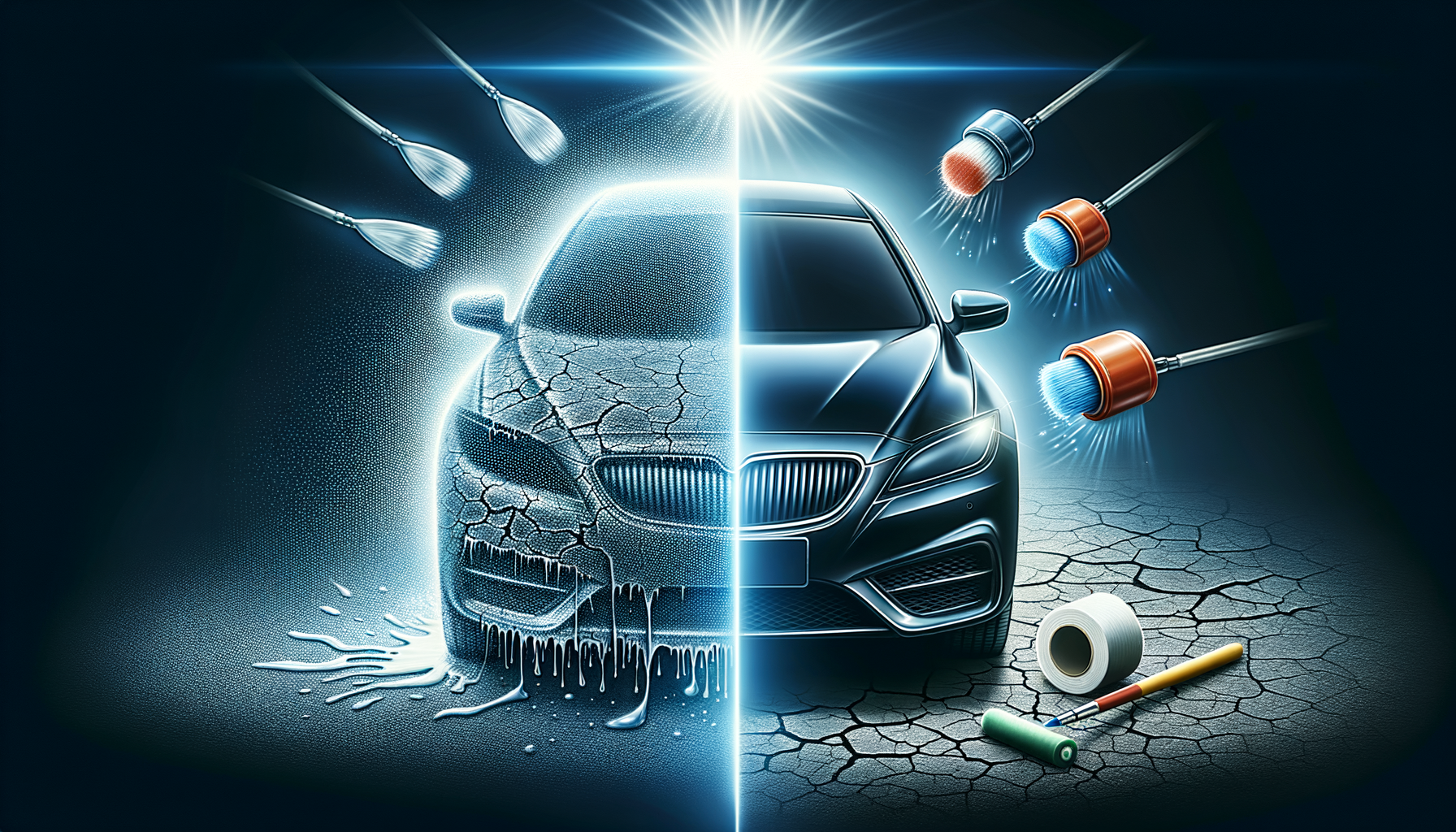Introduction to Paint Protection Film
Paint Protection Film (PPF) is a revolutionary product in the automotive industry, designed to safeguard the vehicle’s paintwork. This transparent layer acts as an invisible shield, protecting the vehicle from scratches, chips, and other environmental damages. As cars are significant investments, maintaining their aesthetic appeal is crucial. PPF wraps around the vehicle, providing comprehensive protection and ensuring the original finish remains intact. This article delves into the intricacies of PPF, exploring its benefits, drawbacks, and essential considerations.
What is Paint Protection Film?
Paint Protection Film is a thermoplastic urethane film applied to painted surfaces of a vehicle. Originally developed for military use, it has now become a popular choice for car enthusiasts and professionals alike. The film is known for its durability and self-healing properties, which allow minor scratches and swirl marks to disappear over time. PPF is available in various thicknesses, catering to different protection needs. Its primary function is to act as a barrier against environmental contaminants, such as bird droppings, bug splatters, and road debris, which can damage the vehicle’s paint.
Besides protection, PPF enhances the vehicle’s appearance by providing a glossy finish. It’s important to note that PPF is not a substitute for regular maintenance but rather an additional layer of protection. Proper installation is crucial for optimal performance, and it is recommended to have it applied by professionals. The film is also customizable, allowing for partial or full coverage based on the owner’s preferences.
Pros of Paint Protection Film
The advantages of Paint Protection Film are numerous, making it a worthwhile investment for vehicle owners. Here are some of the key benefits:
- Durability: PPF is designed to withstand harsh conditions and can last for several years with proper care.
- Self-Healing Properties: Minor scratches and swirl marks can heal over time, maintaining the vehicle’s pristine look.
- UV Protection: The film provides a layer of protection against harmful UV rays, preventing paint fading.
- Preservation of Resale Value: By keeping the paint in excellent condition, PPF helps maintain the vehicle’s resale value.
- Customization: PPF can be tailored to cover specific areas or the entire vehicle, offering flexibility in protection.
These benefits make PPF a popular choice among car enthusiasts who wish to preserve their vehicle’s appearance and value.
Cons of Paint Protection Film
While Paint Protection Film offers numerous advantages, there are some drawbacks to consider:
- Cost: PPF can be expensive, especially for full vehicle coverage. The price varies based on the quality of the film and the complexity of the installation.
- Installation Challenges: Proper application requires skill and expertise. Incorrect installation can lead to bubbles, peeling, or uneven coverage.
- Maintenance: Although PPF reduces the need for frequent touch-ups, it still requires regular maintenance to ensure longevity.
- Potential Yellowing: Over time, some films may yellow, particularly when exposed to excessive sunlight.
- Limited Lifespan: Despite its durability, PPF is not permanent and may need replacement after a few years.
Understanding these potential downsides is crucial for making an informed decision about whether PPF is the right choice for your vehicle.
Conclusion: Is Paint Protection Film Right for You?
Paint Protection Film offers a practical solution for those looking to preserve their vehicle’s aesthetic and value. Its ability to protect against various environmental damages makes it a popular choice among car owners. However, the decision to invest in PPF should be weighed against its cost and maintenance requirements. For those who prioritize their vehicle’s appearance and are willing to invest in its long-term protection, PPF is a valuable addition. As with any automotive product, consulting with professionals and considering personal needs will ensure the best outcome.




Leave a Reply